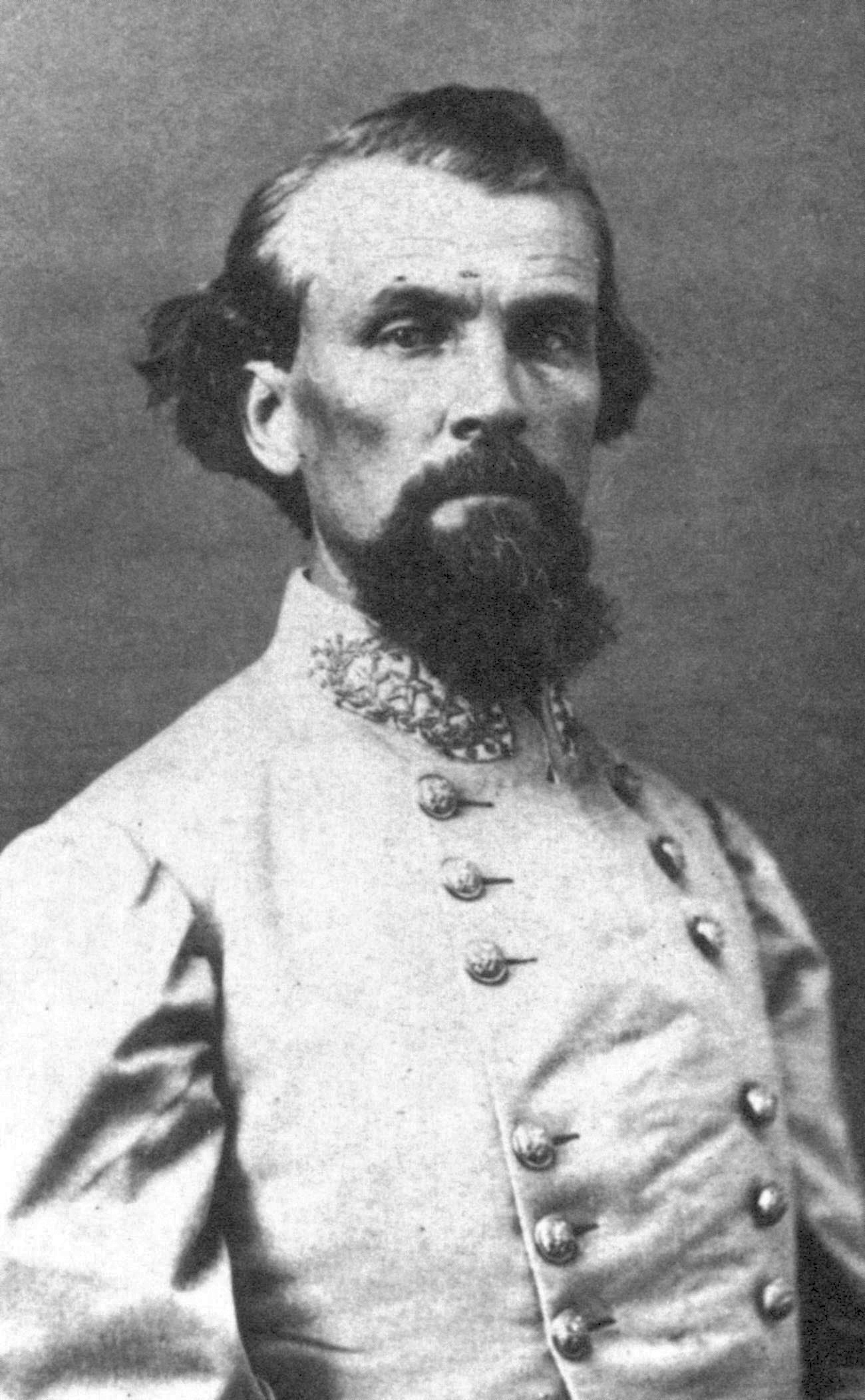Hi Gang- friend and colleague Jim Winter will be pinch-hitting for me in my regular turn on the Sleuthsayers blog, as I prepare for a couple of writing-related conferences that are currently sucking up my creative bandwidth. Jim's got an interesting take on an all-too-prevalent problem for writers everywhere, and he's agreed to share it here with the Sleuthsayers readership. Please make him welcome!
Some info about Jim:
Jim Winter was born near Cleveland in 1966. In 1991, he moved to Cincinnati marry the love of his life. He finally met her in 2008 and married her before she could change her mind. Jim has written both series stuff and stand-alones, with the series work featuring Cleveland-based P.I. Nick Kepler. He is the author of the novels Bad Religion, Road Rules, Northcoast Shakedown, and Second Hand Goods, as well as the anthology The Compleat Kepler. He has previously reviewed for Crimespree, January Magazine, and Mystery Scene. He lives in Cincinnati with his wife, Nita, and stepson, AJ. Visit him at http://www.jamesrwinter.net
I'll be back for my next scheduled entry in two short weeks! -Brian
A friend of mine who bought an early copy of Northcoast Shakedown told me there was no way my characters were completely fictional, that they had to be real people with different names. I explained that a person may inspire a character, but that making the character behave exactly like that person actually makes for stilted and sloppy writing. Occasionally, however, you find yourself including a real figure or a real event into a story to connect the fictional world somehow to reality.
I had to walk a fine line with this when I wrote Bad Religion. Originally, I wanted to set the story in Kirtland, Ohio, a small town about thirty miles east of Cleveland. One of the reasons involved a bizarre cult killing that happened in 1988, when I still lived in the area. On a trip back to Cleveland, I paid the town a visit, very much liking the layout and the atmosphere of Kirtland. It’s a small, heavily-wooded village (It says “city” on the corporation limit signs.) dotted with churches and looking very much like the New England villages that provide the template for most towns in that corner of the state. As I did further research, however, it occurred to me that some of those close to the incident might not appreciate it being integrated into the story.
So Kirtland, which gets mentioned as a neighboring town, became the model for the fictional Chamberlain, Ohio. The killings became backstory for police chief Katherine Conway, whom I used as the voice of the first responders who actually discovered the bodies. So instead of exploiting a tragedy, I simply wove it into the local fabric. Conway’s comments paraphrase some of what Lake County deputies said when they found the murdered family, and it gave Conway a reason to worry about Nick Kepler’s investigation, especially when people start dying.
When I finished the story, however, I still worried. Would I have to write it out? At the time, one of my beta readers was a former Cuyahoga County prosecutor and, by then, a municipal court magistrate. He tended to be pretty sensitive to using real-world events and people. It passed his stringent test. So when I dug the story out for an ebook edition, in the cult references stayed, and I was free to concentrate on more weighty matters, like ending sentences in prepositions. (There are too few in the last draft.)
Where it may have gone wrong is in Eric Teasdale’s backstory. Teasdale first appeared in the second Nick Kepler novel, Second Hand Goods. Aside from running his own one-man agency out of a rural village not far from Cleveland’s airport, Teasdale supplemented his income as an on-call detective for neighboring Lafayette Township. I grew up in the same school district as Lafayette Township. It made news early in the last decade when the township police chief was convicted of rape and sent to prison. What disgusted me was that I played Little League with that same police chief. As a poke in the eye, figuring he would never read the book anyway, I had Kepler explain that Teasdale’s job came about when “the filthy animal” went to prison, and, as happens frequently in suburban counties, the local sheriff and the township police would get into turf wars. I ran this by a handful of former classmates who knew both me and the former chief fairly well. Most people shrugged, and Second Hand Goods went off to the publisher just in time for that small press to go out of business. No problem, right?
Last week, on my private Facebook account, I got a friend request from a woman I graduated with back in 1984. It was the ex-chief’s twin sister. Ouch. Does she know about Jim Winter Fiction? I’m not inviting her to like it. While I think her brother’s crime was deplorable, and justice most certainly was done, I now started to worry about my rather angry poke at the hornet’s nest might come back to haunt me.
Do I go back and change it? I haven’t done the print version of Second Hand Goods yet, and all it takes is a quick upload to the three ebook services to change with little effect on the book itself. So, what do I do?
Nothing. I’ve always had a problem with authors going back and “correcting” the original versions of their works. Stephen King is a notorious offender. However, that’s an artistic choice. Some writers go into a novel now expecting to adapt to new events or to retrofit later works into the backstory. But that’s not why I’m not changing it.
I’m leaving it because it would be disingenuous to change it for any reason other than I wanted Han to shoot first. That refers, of course, to George Lucas’ clumsy editing of the bar scene in Star Wars to make Han Solo less cold-blooded. It may not have worked, but it was a legitimate change nonetheless. No, if I change it because, suddenly, the chief’s twin sister friended me in real life, I’m being dishonest. I wrote that. I still don’t like her brother, and for some very good reasons. Changing it would be hiding something I said and pretending it never happened. Was it wrong? Probably. But I have to own it.
I’m a little more careful these days. It’s not hard to do this with celebrities. They’re seldom major characters, and even when they are, you’re seeing a fictional person named Marylin Monroe or Bill Clinton or Vince Vaughan, based on their personas, urban legends, and, once in a while, talking with the celeb himself or herself. It’s the lesser known people you have to be careful with. Trashing Axl Rose (or even just having him walk in and say hi) is free PR. If I do that to my accountant or a local school teacher, especially in our Facebook-Twitterized world, I could really damage someone’s career or personal life.
As for real events, you have to ask yourself, am I exploiting this? Is this cathartic? Is it something that has to be addressed because it’s part of the setting? It took me two years to write a story about 9/11. And that’s still pretty raw.



































